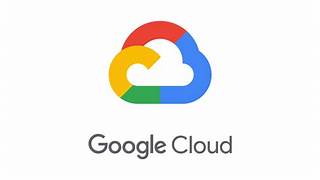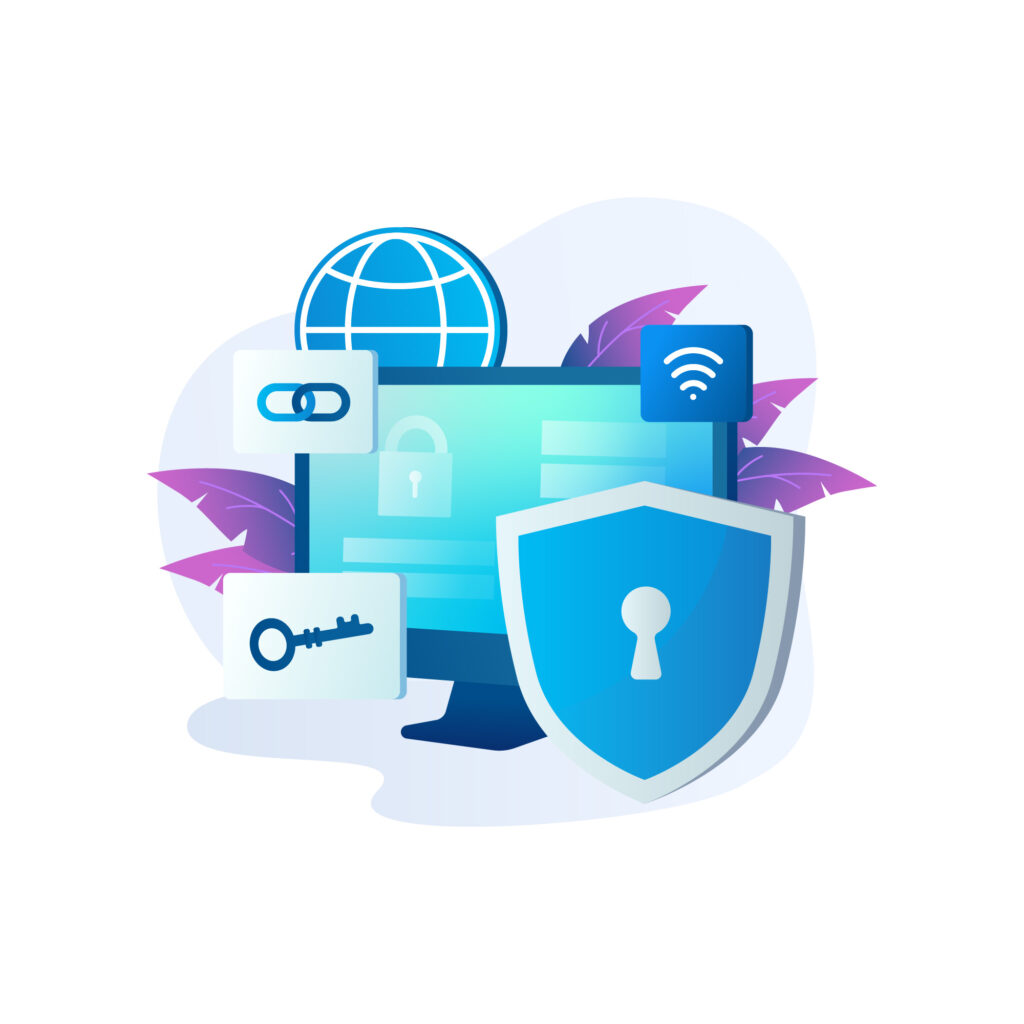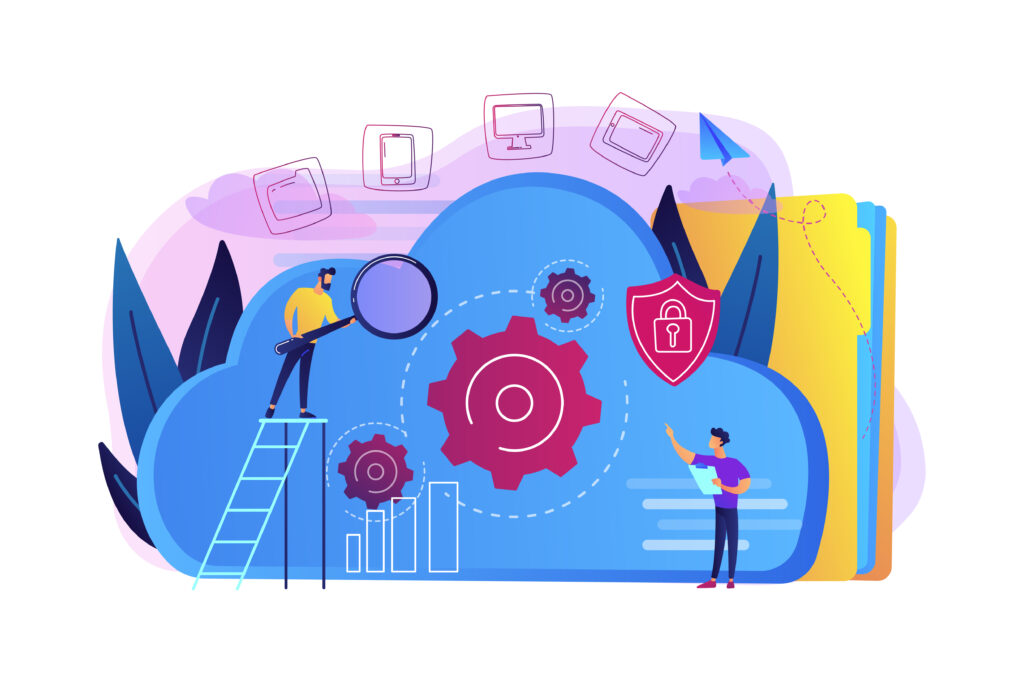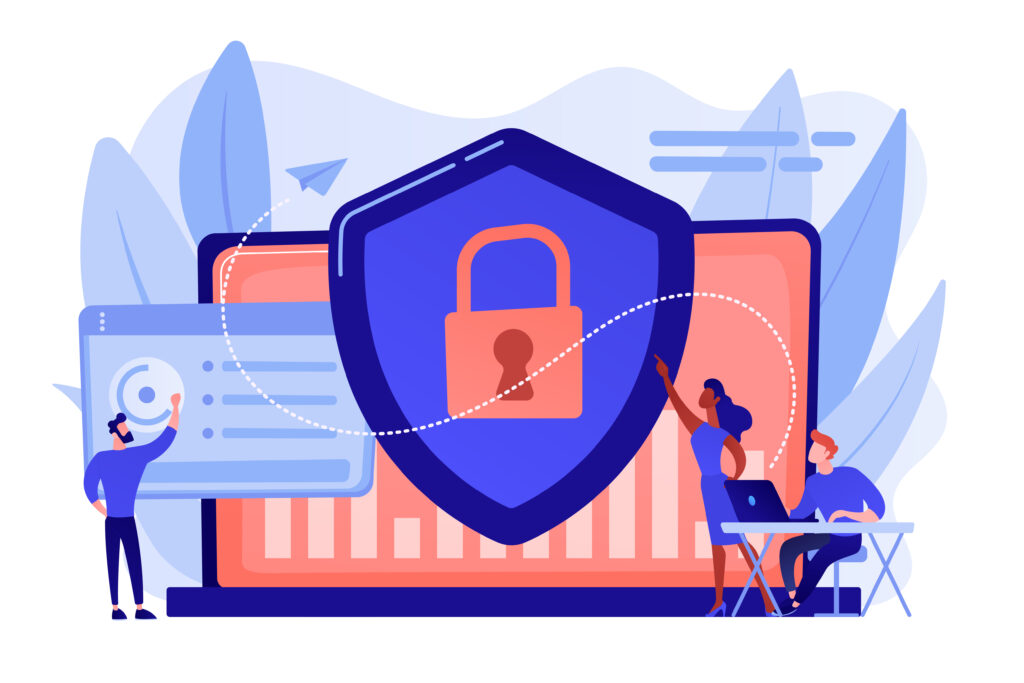What are the best GCP Support best practices?
Google Cloud Platform (GCP) Support best practices consist of a series of guidelines and strategies designed to enhance the effective use of Google Cloud Platform’s support resources. These practices help organizations efficiently utilize GCP support offerings to resolve technical issues, improve performance, and ensure the smooth functioning of their cloud infrastructure.
Understanding GCP Support Tiers:
GCP provides multiple support tiers, from Basic to Enterprise, each offering varying levels of support. These tiers differ in terms of support channels, response times, and service level agreements (SLAs).

Knowing the features and limitations of each tier is crucial for selecting the appropriate level of support that fits your organization’s needs and budget.
Utilizing GCP Documentation and Resources:
GCP offers comprehensive documentation, tutorials, best practices guides, and troubleshooting resources. Using these resources can often resolve common issues without needing to contact GCP support directly.
Encouraging your team to familiarize themselves with these materials can enhance self-sufficiency and decrease reliance on external support.
Creating Detailed Support Cases:
When submitting a support case with GCP, it’s essential to provide comprehensive and accurate details about the issue. Include error messages, relevant timestamps, affected resources, and any troubleshooting steps already taken.
This information enables GCP support engineers to quickly understand the problem and offer targeted assistance.
Monitoring and Alerting:
Implement proactive monitoring and alerting mechanisms to detect and respond to issues in real-time. GCP provides various monitoring services, such as Stackdriver Monitoring and Logging, which allow you to track performance metrics, analyze logs, and set up alerts for anomalous behavior or potential problems before they escalate.
Engaging GCP Support Early:
Reach out to GCP support as soon as an issue arises, especially if it might affect your business-critical services. GCP support engineers can offer expert guidance, troubleshoot complex issues, and escalate problems internally if needed. Early engagement can help minimize downtime and reduce the impact on your operations.
Collaborating Effectively with Support Engineers:
Maintain open communication and collaboration with GCP support engineers during the resolution process. Be prompt in responding to requests for additional information or clarification, and provide timely updates on any changes or progress regarding the issue.

Clear and effective communication helps speed up problem resolution and ensures alignment on the next steps for all parties involved.
Reviewing Post-Incident Reports:
After resolving an incident, review the post-incident reports provided by GCP support. These reports often offer valuable insights into the root cause of the issue, recommended corrective actions, and suggestions to prevent similar incidents in the future. Use these learnings to improve your operational practices and enhance system reliability and resilience.
Regularly Evaluating and Optimizing Support Usage:
Regularly assess your organization’s use of support, including the effectiveness of support interactions, adherence to SLAs, and overall satisfaction with GCP support services. Use this feedback to identify areas for improvement and optimize how you leverage GCP support resources effectively.
Firewall Rules:
In some cases, you need to configure VPC firewall rules in Google Cloud Platform to allow network access only to specific hosts with legitimate requirements. Although this configuration may not always be practical, it is crucial for adhering to Google Cloud security best practices.

You can use “network tags,” which are text attributes added to instances, to apply firewall rules. These tags are also useful for routing to logically related instances. Leveraging these tags can save significant effort compared to working directly with IP addresses.
VPC Flow Logs:
VPC Flow Logs is a feature that allows you to capture traffic information moving through VPC network interfaces. By enabling flow logs for network subnets hosting active instances, you can easily troubleshoot specific traffic issues when it does not reach an instance.
Additionally, it helps perform detailed expense analysis and identify optimization opportunities. Enabling VPC Flow Logs is a best practice in GCP to ensure cloud security by monitoring traffic to instances.
You can view these flow logs in Stackdriver Logging and export them to supported destinations such as BigQuery and Cloud Pub/Sub.
Logging and Versioning of Cloud Storage Buckets:
When considering Google Cloud security best practices, logging and versioning of cloud storage buckets are essential features. These features should be enabled for cloud storage buckets as they often contain crucial data. Logging facilitates the maintenance, access, and tracking of changes to storage buckets, which proves valuable during security incident investigations.
Versioning allows for the retention of multiple versions of an object within the same storage bucket. In GCP, versioning assists in managing and retrieving different object versions stored in buckets. Enabling versioning ensures that objects in buckets can be recovered from both application failures and user actions.
While object versioning may increase storage costs, implementing object lifecycle management processes for older versions can help mitigate these expenses. Nevertheless, these practices should always be included in the list of GCP best practices to ensure security and version control of your GCP infrastructure.
Zombie Instances:
Zombie instances refer to infrastructure components within a cloud environment that are rarely or never utilized for any purpose. For instance, there might be compute engine virtual machines that were previously utilized but are now inactive.
These instances may remain active after their usage or could be safeguarded with features like ‘deletionProtection.’ Additionally, they can be created due to the failure of Compute Engine VMs, idle load balancers, and similar reasons.
Regardless of the cause, you will incur charges for these zombie assets as long as they remain active. It is imperative to terminate such assets to adhere to best practices on GCP. However, ensure to back up each asset to facilitate potential recovery at a later time.
Committed & Sustained Use Discounts:
For stable workloads, Google Cloud Platform offers discounts on the purchase of a specific amount of compute and memory. Customers can save up to 57% of the normal price by committing for up to 3 years without any upfront payment.
Availing these discounts is considered one of the best practices on GCP, as they can be applied to standard, highcpu, highmem, and custom machine types, as well as sole-tenant node groups.

It’s important to note that once these committed discounts are purchased, they cannot be canceled. When these discounts expire, Compute Engine Virtual Machines are charged at the normal price.
However, if you require discounts for an extended period but haven’t opted for committed discounts, there is an alternative. GCP offers “Sustained Use Discounts,” which are available when you consistently consume certain resources for the majority of a billing month.
These discounts apply to various resources such as sole-tenant nodes, GPU devices, and custom machines. Opting for these discounts is another best practice on GCP.
Limiting the Use of Cloud Identity and Access Management (IAM) Primitive Roles:
Following the top GCP best practices, it is advisable to assign predefined roles to identities whenever feasible, as they offer more fine-grained access compared to primitive roles. The utilization of primitive roles should be restricted to specific scenarios, including:
- Projects operating under small teams.
- Instances where a member needs to alter project permissions.
- Situations requiring broader permissions for a project.
- When the platform lacks a role encompassing the necessary permissions.
Delete Persistent Disk Snapshots:
Persistent disk snapshots are generated to serve as backups in case of data loss. However, improper monitoring of these snapshots can result in significant costs. Effectively managing these snapshots is considered one of the best practices on GCP, streamlining operations.
Establishing a standard within your organization for the number of snapshots to retain per Compute Engine Virtual Machine is advisable. It’s important to note that recovery can typically be achieved from the most recent snapshots in the majority of cases.
DDoS Protection:
Leverage Google’s global infrastructure to defend against Distributed Denial of Service (DDoS) attacks. Employ the Google Cloud Armor web application firewall to protect your applications.
DDoS attacks can severely disrupt your online services by inundating them with traffic. Google Cloud offers robust DDoS protection through its global infrastructure, capable of mitigating even the largest and most intricate DDoS attacks.
A crucial element of DDoS protection in GCP is Google Cloud Armor, a web application firewall (WAF). It shields against application-layer DDoS attacks and helps secure your applications from threats such as SQL injection and cross-site scripting.
To further bolster your DDoS protection, consider utilizing Google Cloud Load Balancing. This service distributes traffic across multiple regions, preventing bottlenecks that are often targeted in DDoS attacks.
Vulnerability Scanning and Patch Management:
Google’s Security Command Center offers services such as Google Cloud’s Web Security Scanner, Rapid Vulnerability Detection, and Security Health Analytics to assist in promptly identifying and addressing security issues.
Regularly and promptly investigating vulnerability alerts generated by the Security Command Center is a crucial aspect of maintaining the security of your GCP environment. Consistent checks enable you to detect and resolve potential security weaknesses before attackers exploit them.

In addition to automated tools, manual security assessments and vulnerability scans on your GCP instances and applications are essential.
Patch management is equally vital in mitigating vulnerabilities. Ensure your GCP instances are kept up to date with the latest security patches and updates. While Google Cloud provides tools to assist in this process, having a well-defined patch management process in place is crucial.
Regular security audits:
Regular security audits serve as crucial checkpoints when conducted periodically within the Google Cloud ecosystem. These audits evaluate the organization’s current cloud infrastructure state, ensuring that existing defense mechanisms are effective and in line with best practices.
Going beyond routine checks, these audits delve deeply into the system, providing valuable insights into potential vulnerabilities, misconfigurations, and areas for improvement.
Secure DevOps:
Initiate secure DevOps practices right from the start. Incorporate security into your CI/CD pipeline (Google offers comprehensive documentation for this purpose), and utilize tools like the Google Cloud Security Command Center to continuously monitor your environment.
Secure DevOps practices are imperative for upholding security throughout the development and deployment lifecycle. In a DevOps culture, security isn’t treated as a separate concern but is seamlessly integrated into every stage of the software development process.
Integrate security controls into your Continuous Integration/Continuous Deployment (CI/CD) pipeline. This entails automated security testing, code analysis, and vulnerability scanning. By embedding security into the pipeline, you can detect and address issues early in the development phase, thereby mitigating the risk of vulnerabilities reaching production.
Google Cloud furnishes tools like the Google Cloud Security Command Center, facilitating continuous monitoring of your environment. It aids in identifying security threats and vulnerabilities while offering real-time insights into your security stance.
[Want to learn more about GCP Support best practices? Click here to reach us.]
Conclusion
In addition to leveraging Google Cloud Platform’s native support resources, organizations can further enhance their GCP experience by partnering with managed service providers like Bobcares. With Bobcares’ GCP support services, businesses gain access to a team of experienced professionals who specialize in managing and optimizing cloud environments.
Through Bobcares’ support, organizations can tap into advanced GCP best practices that may otherwise be challenging to implement independently. Whether it’s optimizing performance, addressing technical issues, or ensuring compliance with industry standards, Bobcares’ expertise and personalized assistance can help businesses navigate the complexities of GCP with confidence.
By combining Google Cloud’s robust infrastructure with Bobcares‘ dedicated support, organizations can unlock the full potential of GCP while streamlining operations, reducing downtime, and enhancing overall productivity. With access to comprehensive support and advanced GCP best practices, businesses can stay ahead of the curve in today’s dynamic cloud landscape.







0 Comments